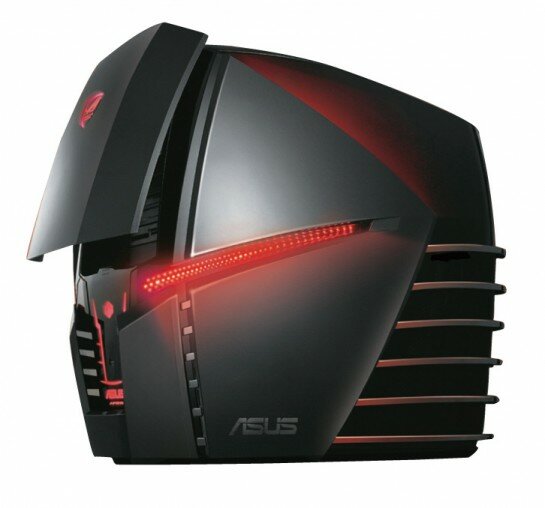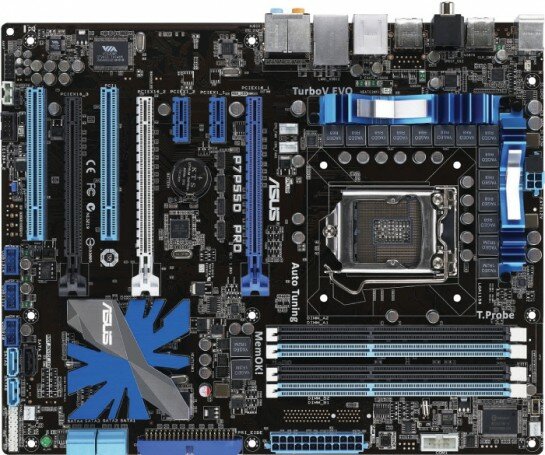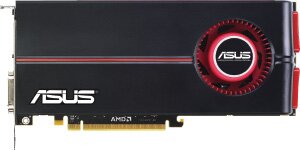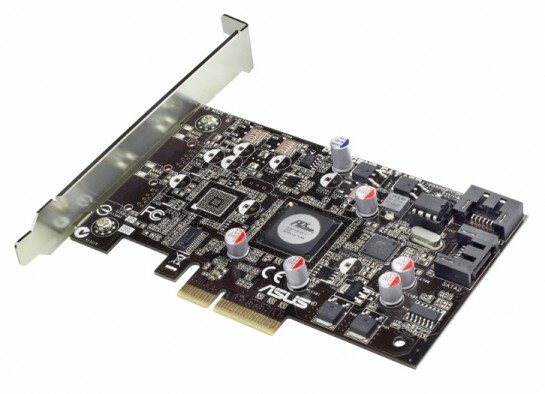If you want a machine that meets your exact requirements, you can’t get better than making your own, but it’s vital to choose the right components for your needs. Get the basics right by following these simple steps..
Although ever-tighter margins mean that it’s difficult to build your own Desktop PC using new components for less than the price of a ready made model direct from a manufacturer, there are still lots of reasons for going down the DIY route.
Why build your own PC?
- Save money by reusing old components
- Match your exact specification
- Choose your own case
- Learn what makes a PC tick
Building your own computer means that you have complete control over every aspect of its specification, from the case right down to the individual components — so you can be sure to get a PC that meets your needs exactly. You can also save some money if you have components you can reuse, from a monitor, mouse and keyboard to memory modules and hard disks.
Finally, putting together your own PC from scratch is a great learning experience, and you’ll find it much easier to find faults and perform your own upgrades if you’ve installed every part yourself.
Specs appeal
Although it’s simple enough once you’ve started, building a PC does need a bit of forward planning. You need to settle upon a specification and then select compatible parts that work well together. To keep things simple, we’ve grouped this process into six key areas — read on to find out what we recommend at each stage.
1. Choose a case
 Although picking a case for your PC is principally a matter of just finding one that you like the look of, there is one aspect which is worth bearing in mind when making your choice. PC cases come in different sizes and, while this mainly affects the number of free drive bays (which is not an issue for everyone), it can also have a bearing on the kind of motherboard you’ll be able to use.
Although picking a case for your PC is principally a matter of just finding one that you like the look of, there is one aspect which is worth bearing in mind when making your choice. PC cases come in different sizes and, while this mainly affects the number of free drive bays (which is not an issue for everyone), it can also have a bearing on the kind of motherboard you’ll be able to use.
Most large tower cases can use both standard ATX and smaller microATX motherboards, but smaller PC cases tend to be limited to microATX. MicroATX motherboards are ideal for compact, space-saving PCs, but they have few expansion slots. Bear this in mind if you’re building a gaming PC and want to use dual graphics cards, for example.
2. Pick a processor
![]()
![]() The processor determines the overall performance of a PC and, while you can choose a cheap chip if you’re on a tight budget, it makes more sense to future-proof your project by buying a processor that packs plenty of power. At the moment, the best options on the market are Intel®’s Core™ 2 Duo or . The former are dual-core chips that offer excellent all-round performance for pretty much any application, while the latter are affordable quad-core chips that are ideally suited for running multiple demanding applications at once.
The processor determines the overall performance of a PC and, while you can choose a cheap chip if you’re on a tight budget, it makes more sense to future-proof your project by buying a processor that packs plenty of power. At the moment, the best options on the market are Intel®’s Core™ 2 Duo or . The former are dual-core chips that offer excellent all-round performance for pretty much any application, while the latter are affordable quad-core chips that are ideally suited for running multiple demanding applications at once.
Your choice of processor will influence your choice of motherboard, since different processor families require different motherboard sockets. Intel® Core™ 2 Duo processors require a motherboard with an LGA775 socket, while Intel Core™ i5 and newer Intel Core™ i7 processors both require an LGA1156 socket.
3. Motherboard matters

ASUS P7P55D-PRO
ASUS Hybrid Phase technology controls the motherboard’s power supply to improve energy efficiency and prolong the lifespan of components, while MemOK improves system stability by automatically adjusting BIOS timings to eliminate boot problems caused by memory modules. Upgradeability is also an important consideration when choosing a motherboard to build your own PC around, and with three PCI-Express x16 slots, 14 USB and seven SATA ports, it’ll be a long time before you run out of expansion options here. Onboard eightchannel audio means that you can enjoy fully immersive surround sound for movies and games.
4. Grab a graphics card

ASUS EAH5870
Almost any card will suffice if you only want to run productivity applications, but you’ll soon see the limits of this approach when you want to run a program that’s more graphically demanding and your built-in graphics aren’t up to the challenge. The ASUS EAH5850 graphics card is a good all-rounder and the perfect partner for the ASUS P7P55D Pro motherboard. If you’re building a PC for gaming and need something more powerful, then the ASUS EAH5870 will be right up your street. Both cards are the first in the world with Voltage Tweak technology that boost performance by up to 38%, and they can drive up to three displays thanks to the native DisplayPort and Eyefinity technology.
5. Select your storage

ASUS PCIE GEN2 SATA 6G PCI-Express card
but they’ll also be able to move data back and forth at incredible speeds. If you don’t want to upgrade to a SATA 6G motherboard just yet, ASUS has a solution. The ASUS PCIE GEN2 SATA 6G PCI-Express card provides four SATA 6G ports — two internal and two external — that are also backwardly compatible with all SATA standards. ASUS’ unique expansion bridge chip also means that the PCIE GEN2 SATA 6G PCI-Express card can also deliver the full 6Gbit/s SATA 6G bandwidth — something that can’t be said of other SATA 6G solutions.
6. OS options
![]() No PC is complete without an operating system and, if Windows® XP is still top of your shortlist, it’s time for a rethink. A modern PC with the latest components will work best with an operating system that’s been designed to fully exploit them — and that’s Microsoft Windows® 7. Available since the end of October, Windows® 7 is the most exciting version of Microsoft’s operating system to date and it contains a whole host of new features that simplify the way in which you use your PC. From faster start-up and shut-down times, to a cleaner Desktop that makes it much easier to work with applications, Windows® 7 streamlines your everyday tasks so that you can spend less time worrying about what’s going on behind your screen — and more time getting things done. Windows® 7 is available in Home Premium, Professional and Ultimate editions that are tailor-made to different needs. Each also ships with both 32-bit and 64-bit versions of the operating system, allowing you to fully exploit the potential of your newly built PC.
No PC is complete without an operating system and, if Windows® XP is still top of your shortlist, it’s time for a rethink. A modern PC with the latest components will work best with an operating system that’s been designed to fully exploit them — and that’s Microsoft Windows® 7. Available since the end of October, Windows® 7 is the most exciting version of Microsoft’s operating system to date and it contains a whole host of new features that simplify the way in which you use your PC. From faster start-up and shut-down times, to a cleaner Desktop that makes it much easier to work with applications, Windows® 7 streamlines your everyday tasks so that you can spend less time worrying about what’s going on behind your screen — and more time getting things done. Windows® 7 is available in Home Premium, Professional and Ultimate editions that are tailor-made to different needs. Each also ships with both 32-bit and 64-bit versions of the operating system, allowing you to fully exploit the potential of your newly built PC.


Helen